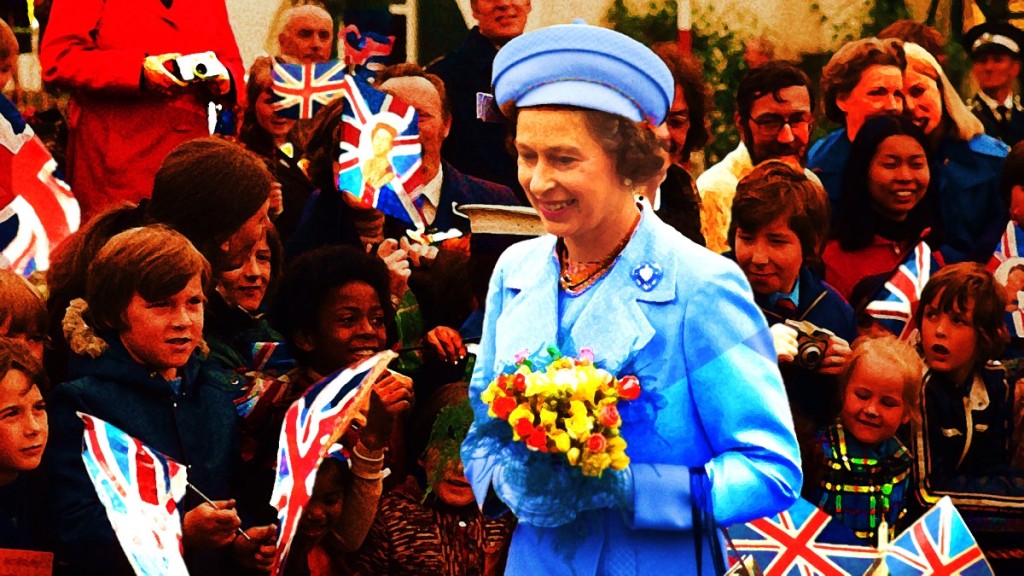Our family spent the Silver Jubilee bank holiday, 7 June 1977, hiding in the back of a pub in Robertsbridge, East Sussex. Over in our home village, my father had received an invitation to join a ‘dads’ football match’, which sounded like the sort of jolly communal event that filled my parents with horror. Plus whilst not being boorish republicans, they tended to believe they and the Royal family should respect each other’s space, as no-one said then.
So we fled to a pub in rain-soaked Robertsbridge and a landlord who had a phobia about trees. I am not joking. That they had roots that spread under pavements and so on seemed to him proof positive of their malign intent.
In retrospect, the Jubilee was one stop in a number of Royal events to have, for a while at least, captured the public imagination: the investiture of the Prince of Wales (1969), the marriage of Princess Anne and Captain Mark Phillips (1973) and the wedding of Prince Charles and Lady Diana Spencer (1981).
Yet somehow, 1977 sticks in the mind, perhaps especially to people of my generation (I was sixteen at the time). Partly that is because we had to wait 25 years for another Jubilee, the golden event in 2002. Partly it is because of the incongruity of the street parties and other jollifications at a time of rising unemployment, falling living standards (for the second year in a row) and street violence (the by-election that year in Birmingham Ladywood saw police use riot shields for the first time on the UK mainland).
And partly, I suspect, it is connected with the fascination that many of us enjoy in relation to periods of transition, to crossing points. The year in question was certainly one such point. Despite his popularity among small-c conservative working and lower middle class people, there was always something a bit ‘interim’ about the Prime Minister James Callaghan. As Norman Shrapnel, of the Guardian, noted, after spending cuts and successful confrontations with unions including the firemen early the following year, many were concluding that Conservative Policies may as well be implemented by a Conservative Government.
That said, in economic terms, 1977 and most of 1978 were the years in which things seemed to be coming the way of the Labour Government. The horrors of the sterling crisis of the previous autumn had given way to a quite different problem as the pound was deemed to be rising too quickly for the comfort of British exporters. Inflation, nearly 25 per cent in 1975, had fallen to 15.84 per cent, heading for single figures the following year.
Come the spring and summer of 1978, the Conservative Party feared Callaghan’s reassuring personality and steady-as-she-goes economic stewardship could be enough to get Labour over the line in a general election.
And the parallels in this Jubilee year?
Yes, I fear that Boris Johnson is another ‘interim’ sort of leader, one whose mark on history will be confined to Brexit (not a small matter) and who will generally appear as battered by events, with no fixed principles and with a fatal weakness of wanting to be loved by people and organisations who loathe him and his party.
Forty-five years ago, as the jelly, ice-cream and tins of Harp were being handed out in streets across the land, three types of future were being represented by three different people. From the right, Margaret Thatcher. From the left, Tony Benn. The centre had Roy Jenkins, then in exile as a Commissioner in Brussels.
Who will make up tomorrow’s trio? No idea, but I hope the Prime Minister enjoys the Jubilee and its after-effects while there’s time. Oh, and watches out for killer trees.
